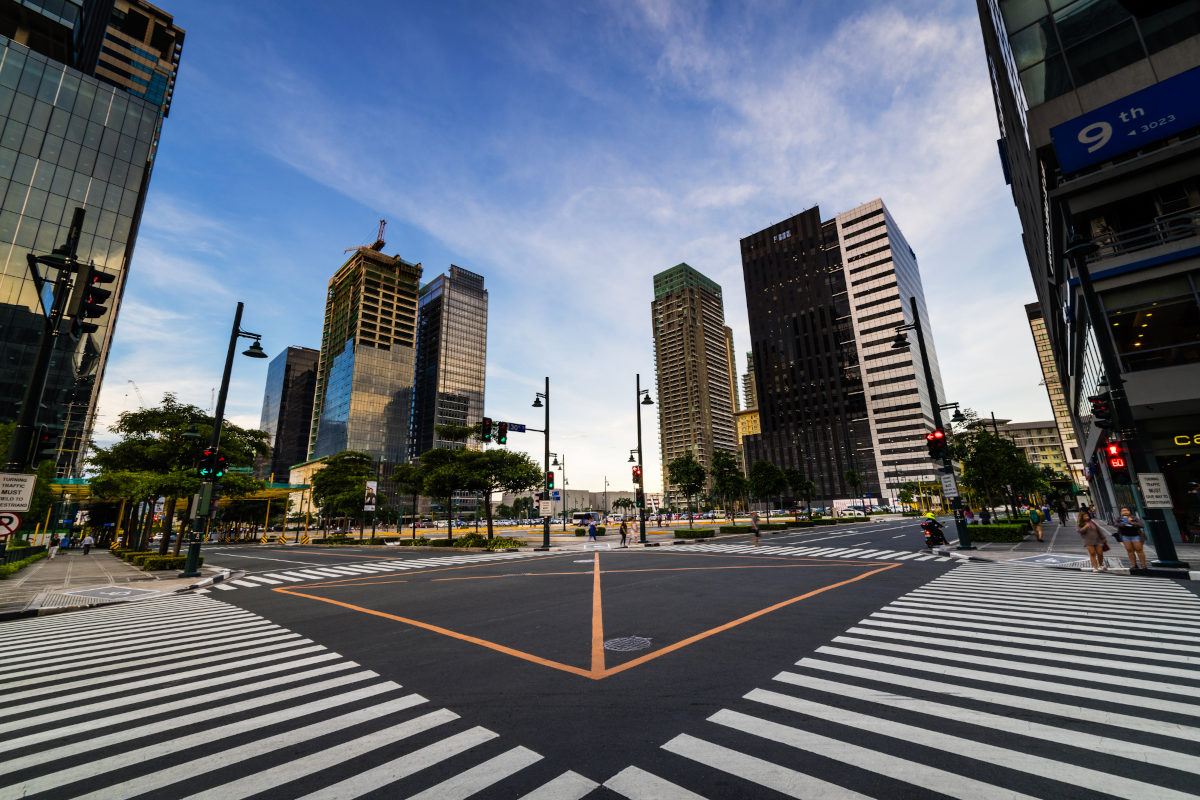


The role of smart urban mobility in the Philippines
One major dilemma in the Philippines that has persisted for years is the congestion of vehicles, also known as traffic. This is seen in places like Metro Manila and other industrialized areas where traffic serves as one of the main causes of being late for work or school, as well as the loss of valuable time due to extended periods of congestion. Traffic disruptions can also hinder the flow of goods and services, leading to other road-related issues. Aside from affecting the quality of life by keeping travelers stuck on the road, it has also affected the economy of the country. It is estimated that billions of pesos are lost annually due to illness, wasted fuel, vehicle maintenance, public health, and productivity. On top of this, traffic is also a key player in harming our environment due to the increased emission of harmful substances.
The question is, how does an area like Metro Manila address this prevailing problem?
One way is by adapting a mobility culture that is centered on and catered to the community and its citizens. One where it adheres to the changes of time, such as being technology-driven and efficiency-oriented. A mobility culture wherein members of the private sector embrace public-private partnerships (PPPs).
The PPP is a kind of partnership that supports the government by providing knowledge and funds for creating projects, plans, and solutions for achieving better mobility in both vehicles and individuals. In return, the government and its agencies will be the ones to make rules and guidelines tailored to support and sustain this new mobility culture.
The Department of Transportation (DOTr) is one government agency that is at the forefront of this new mobility culture. As a government department, it aims to improve mobility on the road. Specifically, to have safe and affordable public transport, efficient road networks, and advanced transportation technology. All of these are meant to steer the country towards a mobility culture that will better the lives of all Filipinos.
With the advancement of technology comes a host of benefits for our society. This is seen as the technology being used to solve problems in the transportation sector and not just building physical infrastructure. These technological solutions allow commuters and motorists to move more efficiently by allowing them to book cars, reserve parking lots, and check the amount of toll fees. Hence, it saves time and fuel, improves accessibility, and attains efficiency while traveling. Furthermore, technology is used to design public spaces that benefit how every Filipino moves and navigates. This will result in convenience and comfort, as well as a reliable transportation system.
To tie these all together – this is where MPT Mobility comes in. As the leading smart urban mobility solutions company in the Philippines, MPT Mobility plays a vital role in building and shaping our smart community, with safer, more efficient, and sustainable transportation systems. To achieve this, MPT Mobility works closely with government agencies, local communities, and other stakeholders. We make sure everyone is heard, and that the needs of both individuals and businesses are accounted for.
MPT Mobility solutions’ technological approaches include:
For decades now, traffic has been a detriment that affects our economy, way of life, and other facets of our society. With this, the government continues to provide solutions to address this persistent problem. An act that is a reflection of the country's desire to have a better and more efficient transport system. This is seen as the government partnering with other organizations and harnessing technology to address traffic and the multitude of problems that come with it.
At the end of the day, the advancement of technology should also be used for the advancement of our country. Specifically, the transportation system, from which every Filipino can benefit.